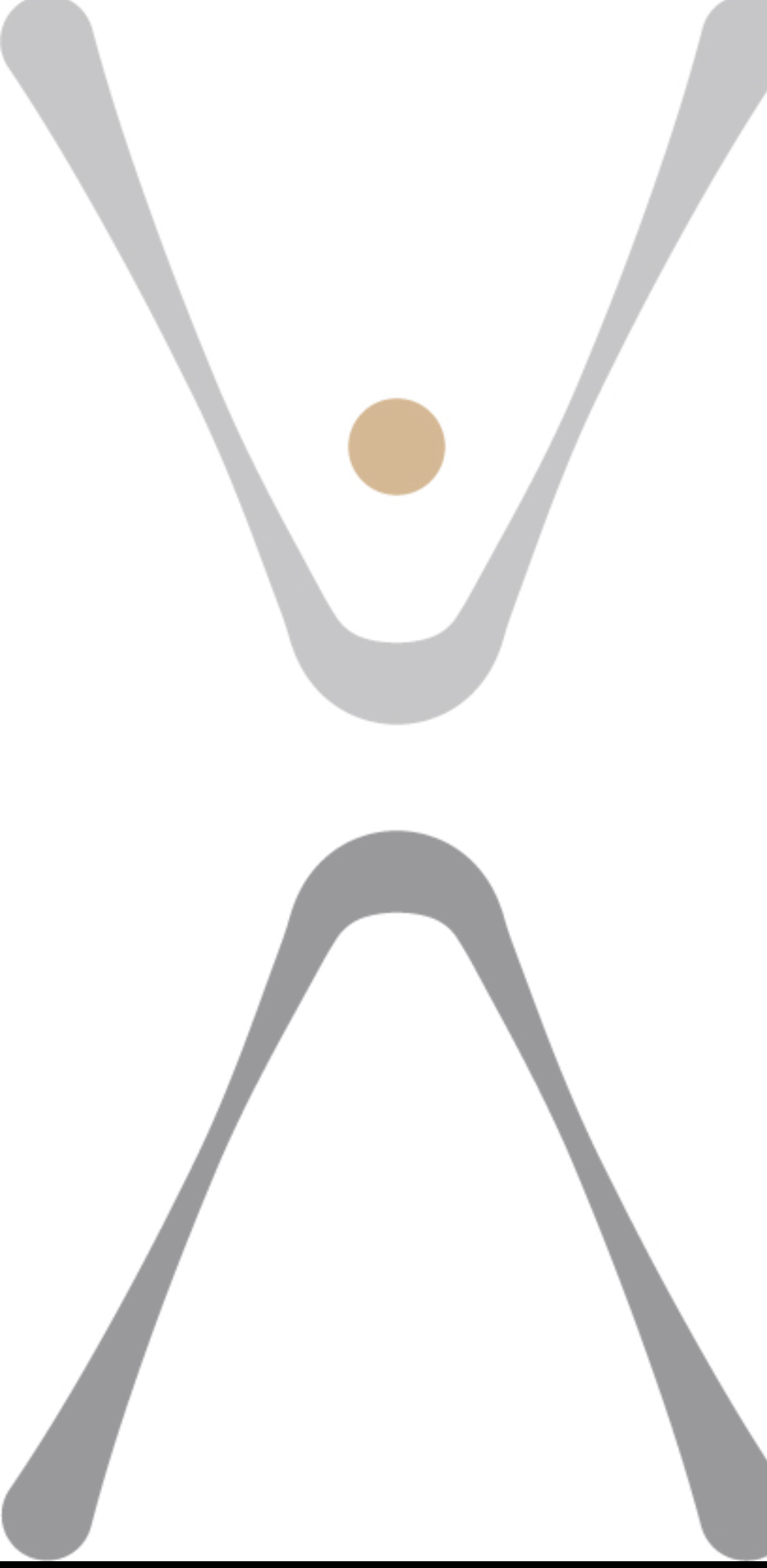Low Back Pain? Let's Chat About the Pelvis!
- Brynn Patterson

- Nov 5, 2020
- 3 min read
If you book a private pilates session with me one of the very first concepts we will assess and work on together is pelvic stability and positioning. What?!?! Not the Core??? Well a lot of the core muscles are connected to the pelvis. So if the pelvis lacks stability or is tilted way too forward or backwards we will be wasting your time and money strengthening muscles without addressing pelvic position.

But there is way more to the pelvis than just an anchoring point for important muscles. The pelvis literally connects the legs to the spine. You can even think of it as the major shock absorber to the spine. The pelvis will naturally have some movement and rotation to it as your legs move you through life…walking, running, jumping, going up and down stairs. However, if your pelvis has excessive movement and is lacking stability, then every time you take a step or move your leg your pelvis largely moves too.
Well what’s wrong with that? Movement is good, right? The major issue with an unstable pelvis is that your spine and most importantly your LOW BACK is also connected to the pelvis. So if your pelvis is moving excessively with every step you take, then your low back is also moving excessively. Excessive movement in the low back and spine leads to disc degeneration and nerve pathologies in addition to muscle tension, guarding and spasming of the low back muscles.
Back to the positioning of the pelvis…if your pelvis is rotated excessively forward or backwards (anterior or posterior pelvic tilt) this will also lead to low back issues caused by undue stress to your low back discs and musculature.

If you're one of the many people with chronic low back pain that can’t be attributed to a significant incident or injury, there is a good chance your low back pain is stemming from a more mechanical issue…posture, pelvic position, and pelvic stability. Now that is some really good news to hear!!!
Why? Because you have the control to improve and possibly even eliminate your low back pain without the use of injections or surgery. In addition, treating mechanical low back pain with injections and surgery without treating the underlying bio mechanical issues at play will simply lead you down a path of more injections and unsatisfactory surgical results.
So what should you do next? Find a Physical Therapist or movement specialist who can spend the time with you to address pelvic position and help you strengthen and create new muscle “habits” that will support your pelvis in a more neutral position. Doing exercises on your own to help your low back without consulting the correct professional most likely will not help your low back and can possibly lead to more discomfort. Not all exercises or stretches are appropriate for people with low back issues. You must have a knowledgeable teacher that has a keen eye for assessing pelvic positioning as well as extensive experience working with clients with low back dysfunction.
After a few sessions with your movement specialist you should be equipped with a number of tools for finding correct pelvis alignment during everyday activities. You will also learn how to strengthen supportive muscles and stabilize your pelvis for everyday movement as well as any sports or activities you enjoy participating in. These tools and knowledge will help minimize current low back pain and prevent future flare ups and injuries.
- Brynn Patterson, DPT, Ergonomist, Certified Pilates Teacher
Owner of Southtowns Pilates




Comments